
Customer Service vs Technical Support: What’s The Difference?
Last updated: November 09, 2022 Read in fullscreen view
- 20 Jan 2022
 Difference between Bug, Defect, Error, Fault & Failure 22/1244
Difference between Bug, Defect, Error, Fault & Failure 22/1244 - 18 Oct 2020
 How to use the "Knowns" and "Unknowns" technique to manage assumptions 21/992
How to use the "Knowns" and "Unknowns" technique to manage assumptions 21/992 - 17 Oct 2022
 What is the difference between low-end, mid-end and high-end solutions of project management software? 19/1354
What is the difference between low-end, mid-end and high-end solutions of project management software? 19/1354 - 01 Oct 2020
 Fail fast, learn faster with Agile methodology 13/975
Fail fast, learn faster with Agile methodology 13/975 - 02 May 2022
 Difference between CapEx vs. OpEx: Two Ways to Finance Your Software Project 12/1434
Difference between CapEx vs. OpEx: Two Ways to Finance Your Software Project 12/1434 - 03 Aug 2022
 What Are OLAs? SLAs vs OLAs vs UCs: What’s The Difference? 11/974
What Are OLAs? SLAs vs OLAs vs UCs: What’s The Difference? 11/974 - 10 Nov 2022
 Poor Code Indicators and How to Improve Your Code? 8/214
Poor Code Indicators and How to Improve Your Code? 8/214 - 19 Oct 2021
 Is gold plating good or bad in project management? 8/756
Is gold plating good or bad in project management? 8/756 - 01 Sep 2022
 Facts Chart: Why Do Software Projects Fail? 7/542
Facts Chart: Why Do Software Projects Fail? 7/542 - 01 Mar 2023
 Bug Prioritization - What are the 5 levels of priority? 6/207
Bug Prioritization - What are the 5 levels of priority? 6/207 - 06 Feb 2021
 Why fail fast and learn fast? 6/376
Why fail fast and learn fast? 6/376 - 08 Nov 2022
 4 tips for meeting tough deadlines when outsourcing projects to software vendor 6/254
4 tips for meeting tough deadlines when outsourcing projects to software vendor 6/254 - 06 Mar 2021
 4 things you need to do before getting an accurate quote for your software development 5/616
4 things you need to do before getting an accurate quote for your software development 5/616 - 24 Nov 2021
 What is the difference between off-the-shelf software and customized software? 5/429
What is the difference between off-the-shelf software and customized software? 5/429 - 10 Apr 2022
 Difference Between Forward and Backward Reasoning in AI 5/1580
Difference Between Forward and Backward Reasoning in AI 5/1580 - 07 Dec 2021
 What's the difference between soft freeze, hard freeze and customization freeze? 4/1132
What's the difference between soft freeze, hard freeze and customization freeze? 4/1132 - 21 Jun 2022
 Difference between Quality and Grade 4/700
Difference between Quality and Grade 4/700 - 16 Apr 2021
 Insightful Business Technology Consulting at TIGO 4/377
Insightful Business Technology Consulting at TIGO 4/377 - 14 Oct 2021
 Advantages and Disadvantages of Time and Material Contract (T&M) 4/794
Advantages and Disadvantages of Time and Material Contract (T&M) 4/794 - 18 Aug 2022
 What are the consequences of poor requirements with software development projects? 4/243
What are the consequences of poor requirements with software development projects? 4/243 - 15 Aug 2023
 Production-Ready vs Feature-Complete: What’s the Difference? 3/157
Production-Ready vs Feature-Complete: What’s the Difference? 3/157 - 08 Oct 2022
 KPI - The New Leadership 3/557
KPI - The New Leadership 3/557 - 31 Oct 2021
 Tips to Fail Fast With Outsourcing 3/376
Tips to Fail Fast With Outsourcing 3/376 - 10 Apr 2021
 RFP vs POC: Why the proof of concept is replacing the request for proposal 3/257
RFP vs POC: Why the proof of concept is replacing the request for proposal 3/257 - 09 Mar 2022
 Consultant Implementation Pricing 3/185
Consultant Implementation Pricing 3/185 - 16 Feb 2021
 Choose Outsourcing for Your Non Disclosure Agreement (NDA) 3/150
Choose Outsourcing for Your Non Disclosure Agreement (NDA) 3/150 - 01 Feb 2022
 Outstaffing Vs. Outsourcing: What’s The Difference? 2/566
Outstaffing Vs. Outsourcing: What’s The Difference? 2/566 - 05 May 2022
 DAM vs. CMS: What's the difference? 2/444
DAM vs. CMS: What's the difference? 2/444 - 18 Mar 2022
 Difference between Project Management and Management Consulting 2/321
Difference between Project Management and Management Consulting 2/321 - 17 Jun 2021
 What is IT-business alignment? 2/345
What is IT-business alignment? 2/345 - 23 Sep 2021
 INFOGRAPHIC: Top 9 Software Outsourcing Mistakes 2/412
INFOGRAPHIC: Top 9 Software Outsourcing Mistakes 2/412 - 07 Jul 2021
 The 5 Levels of IT Help Desk Support 2/380
The 5 Levels of IT Help Desk Support 2/380 - 17 Feb 2022
 Prioritizing Software Requirements with Kano Analysis 2/284
Prioritizing Software Requirements with Kano Analysis 2/284 - 28 Dec 2021
 8 types of pricing models in software development outsourcing 2/418
8 types of pricing models in software development outsourcing 2/418 - 13 Dec 2020
 Move fast, fail fast, fail-safe 2/292
Move fast, fail fast, fail-safe 2/292 - 10 Dec 2023
 Pain points of User Acceptance Testing (UAT) 2/417
Pain points of User Acceptance Testing (UAT) 2/417 - 10 Jul 2025
 Building AI-Driven Knowledge Graphs from Unstructured Data 1/117
Building AI-Driven Knowledge Graphs from Unstructured Data 1/117 - 06 Jun 2024
 Software Upgrade vs Software Update: What is the difference? 1/216
Software Upgrade vs Software Update: What is the difference? 1/216 - 01 May 2023
 CTO Interview Questions 1/299
CTO Interview Questions 1/299 - 09 Feb 2023
 The Challenge of Fixed-Bid Software Projects 1/191
The Challenge of Fixed-Bid Software Projects 1/191 - 26 Dec 2023
 Improving Meeting Effectiveness Through the Six Thinking Hats 1/205
Improving Meeting Effectiveness Through the Six Thinking Hats 1/205 - 05 Jan 2024
 Easy ASANA tips & tricks for you and your team 1/181
Easy ASANA tips & tricks for you and your team 1/181 - 11 Jan 2024
 What are the Benefits and Limitations of Augmented Intelligence? 1/435
What are the Benefits and Limitations of Augmented Intelligence? 1/435 - 19 Apr 2021
 7 Most Common Time-Wasters For Software Development 1/525
7 Most Common Time-Wasters For Software Development 1/525 - 07 Aug 2022
 Things to Consider When Choosing a Technology Partner 1/254
Things to Consider When Choosing a Technology Partner 1/254 - 07 Oct 2022
 Digital Transformation: Become a Technology Powerhouse 1/217
Digital Transformation: Become a Technology Powerhouse 1/217 - 30 Oct 2022
 How Much Does MVP Development Cost in 2023? 1/171
How Much Does MVP Development Cost in 2023? 1/171 - 09 Jan 2022
 How to Bridge the Gap Between Business and IT? /165
How to Bridge the Gap Between Business and IT? /165 - 15 Sep 2022
 CRM vs CDP: What's the difference? /236
CRM vs CDP: What's the difference? /236 - 01 Apr 2022
 Dedicated Team vs. Extended Team: What’s the difference? /301
Dedicated Team vs. Extended Team: What’s the difference? /301 - 10 Nov 2021
 PoC vs. Prototype vs. MVP: What’s the difference? /726
PoC vs. Prototype vs. MVP: What’s the difference? /726 - 02 Nov 2021
 Difference between an ESTIMATE and a QUOTE /342
Difference between an ESTIMATE and a QUOTE /342 - 25 Jan 2022
 What is the difference between Outsourcing and Outstaffing? /262
What is the difference between Outsourcing and Outstaffing? /262 - 03 Nov 2022
 Top questions and answers you must know before ask for software outsourcing /265
Top questions and answers you must know before ask for software outsourcing /265 - 06 Nov 2019
 How to Access Software Project Size? /236
How to Access Software Project Size? /236 - 20 Nov 2022
 Software Requirements Are A Communication Problem /234
Software Requirements Are A Communication Problem /234 - 12 Mar 2024
 How do you create FOMO in software prospects? /131
How do you create FOMO in software prospects? /131 - 17 Mar 2025
 IT Consultants in Digital Transformation /62
IT Consultants in Digital Transformation /62 - 14 Mar 2024
 Why should you opt for software localization from a professional agency? /117
Why should you opt for software localization from a professional agency? /117 - 01 Mar 2023
 How do you deal with disputes and conflicts that may arise during a software consulting project? /145
How do you deal with disputes and conflicts that may arise during a software consulting project? /145
Customer Service and Technical Support both have their roles in organizations. However, there are significant differences between the two.
- Customer Service focuses on the experience of the customer.
- Technical support focuses on resolving a technical issue or problem in the fastest, most cost-effective way.
What is technical support?
Business Dictionary defines technical support as:
“User-friendly assistance for individuals having technical problems with electronic devices.”
The primary focus of technical support is to resolve a technical incident or problem. These incidents are either perceived or actual deficiencies with the service or product the customer is seeking support for. That’s why it behooves the technical support engineer/representative—and the company—to:
- Determine what is not functioning properly
- Resolve the issue as quickly
- Maintain a friendly and supportive vibe
In most situations, the ultimate measure of success is that the customer doesn’t have to contact support again.
What is customer service?
Customer service takes a different approach, focusing instead on the experience of the customer. Customer service, according to Business Dictionary, is defined as a:
“Range of services provided to assist customers in making cost effective and correct use of a product.”
This means that a customer service representative can also take a more proactive approach to support and initiate communication with customers. Importantly, customer service does not have to be technical in nature.
Different customer approaches
Because your goal varies, your approach when interacting with a customer likely varies, too.
- Good technical support means listening in order to fix. A technical support representative is focused on resolving your issue as quickly as possible. Technical support reps listen to symptoms, try to reproduce the issue, and quickly provide a solution to the issue.
- Customer service reps listen with empathy. They put themselves in the “shoes” of the customer and try to understand what the customer is trying to accomplish. They aren’t listening to fix they are instead listening to recommend. This could be recommending a new product, or different approach.
Different product perspectives
When discussing the difference in perspective, I like to use what I call the “word processing example.”
When you contact technical support about an error in your word processor, they can always help you resolve that error dialog box that pops up. They can also help you figure out what plugin isn’t working and remove it.
However, when you say, “I’m writing a paper in APA format and I need to know how to make the first page header different than subsequent pages,” technical support will probably come up short.
This is where customer service steps in and can offer distinguishing value. Customer service means knowing what the customer is going through and helping to find a solution.
Continuing with our example, a good customer service rep would understand what APA format means. They will also know that if someone is asking questions about how to write a paper, they are probably rushed and on a tight deadline. If your customer service rep don’t know the answer right away, the rep knows how to get customers in touch with the right resources.
Technical support is dead. Long live technical support.
We should consider adding customer service practices to existing technical support groups.
In the late 90s and early 2000s, skilled technologists were more difficult to find. Back then, it was easy for organizations to stand out by providing high quality technical support.
Nowadays with the conversion to digital business, technical competency is much more mainstream. Customers want to have great experience with your organization. They are interested in partnerships that go beyond the initial purchase. They want to know that you understand their goals and that you can help them accomplish them.
In other words, they want to have a great experience with your organization.
Customer service best practices
At this point you are probably wondering just what customer experience is. Simply put, customer experience (CX) is customer comfort. Comfort is a general feeling that the money and time you have invested in a product or service is worth the value received.
There are many components that lead to customer comfort. The list below are the ones I try to focus my teams on.
Empathy
Support representatives need to provide the customer with a sense of understanding. The customer should feel like they are working with a partner who understands the problem from their point of view.
Ideally, representatives working with customers should have at least a basic understanding of the industry they are supporting.
Competence
The #1 expectation of any type of support request is that the person providing assistance knows the product inside and out. There is nothing that erodes customer comfort faster than fumbling through a support call.
This also means if representatives don’t know the answer to a question, they should admit it. Saying “I don’t have the answer but I can get it for you” will be much better received than pretending that you know an answer.
Friendliness
No one likes to work with a jerk. Representatives should strive to solve customer challenges in a friendly way without over-doing it.
Communication
This is another extremely important aspect of comfort. At all times representatives should make sure a customer knows four things:
- What is the cost of support?
- What work is occurring to address their issue?
- What will you be working on next?
- What is the current ETA for completion of work?
As long as customers know those items, they will usually be much more comfortable.
Offer of assistance
Support representatives should always ask what they can do to help. Don’t ever assume you know what the customer wants. The best way to learn, is to ask.
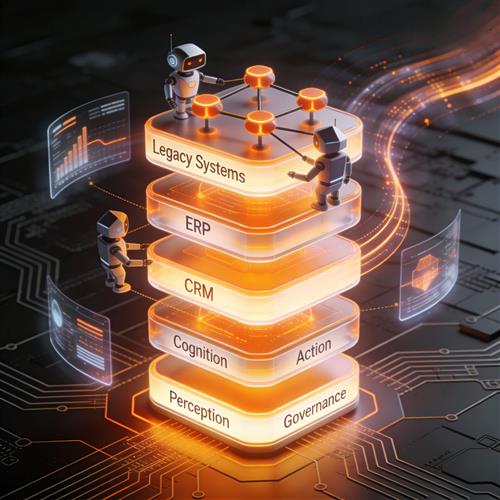

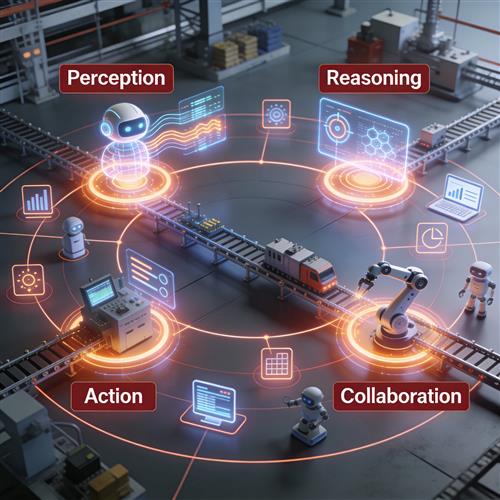


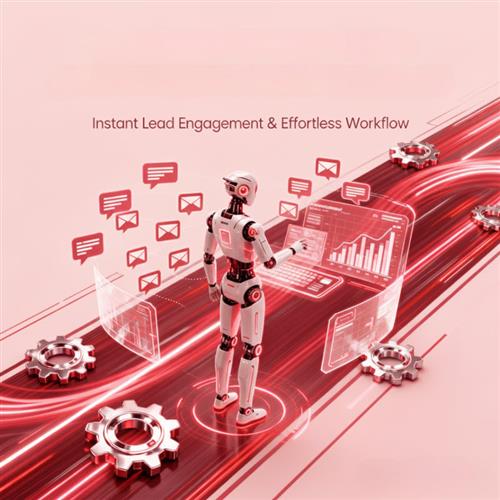
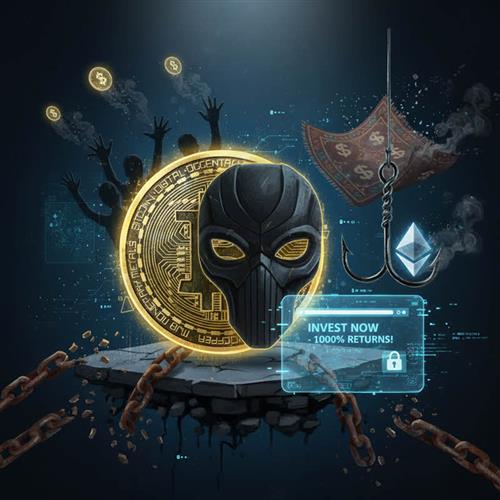
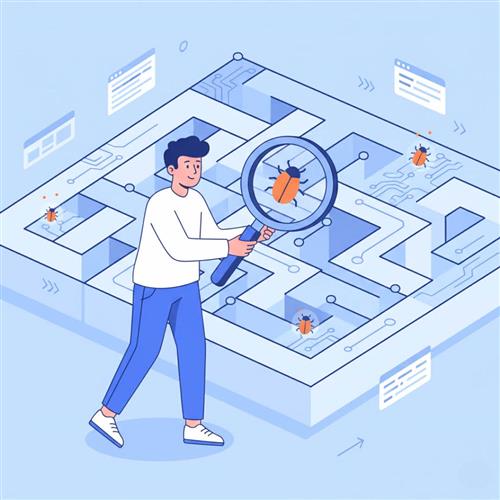

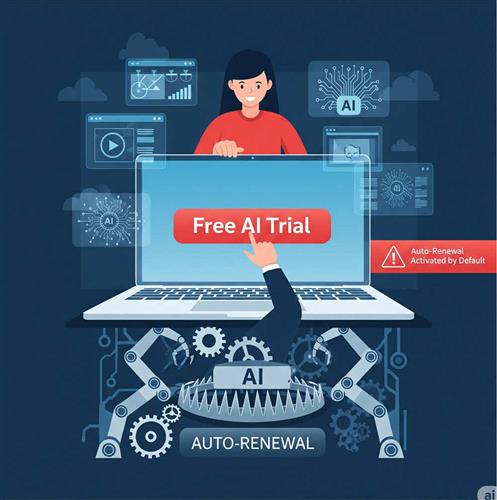




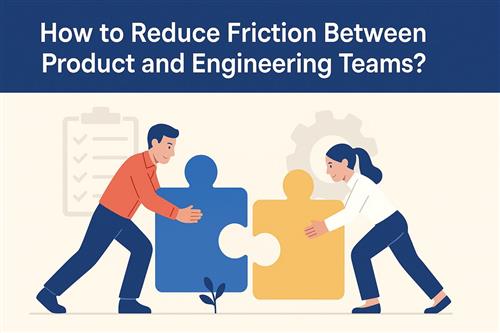
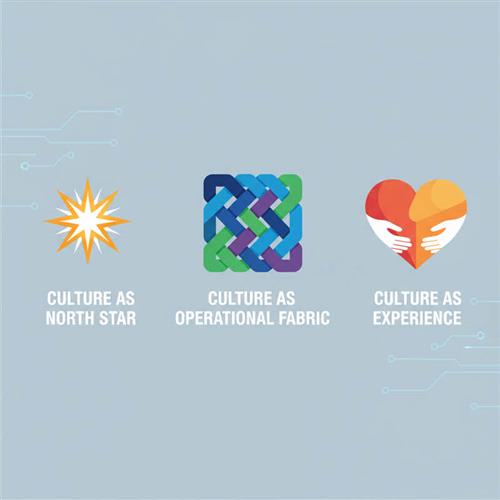
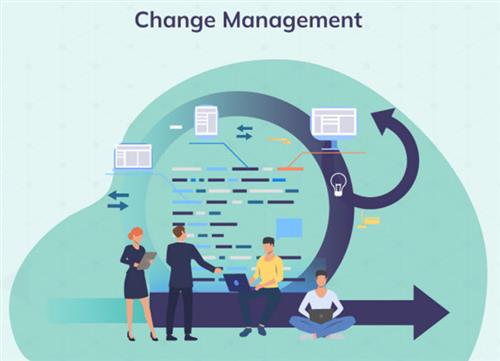
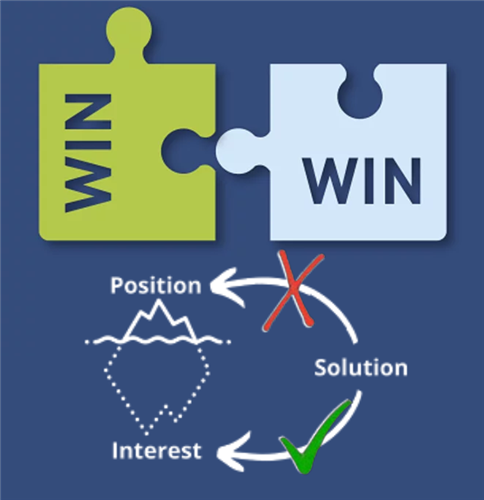
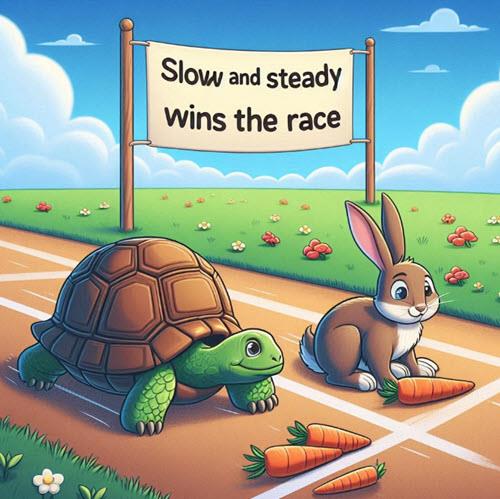
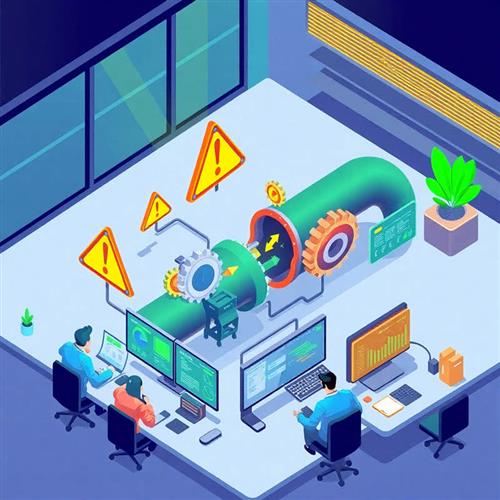
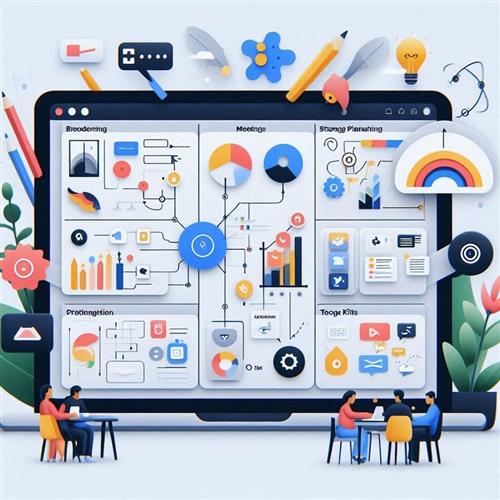
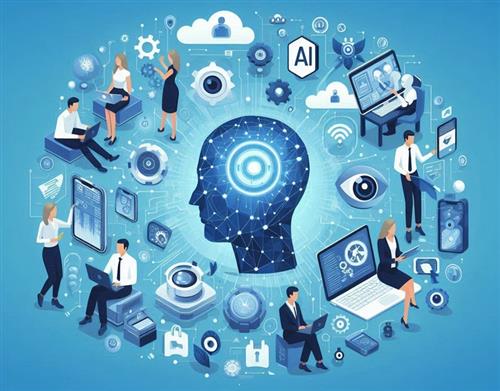

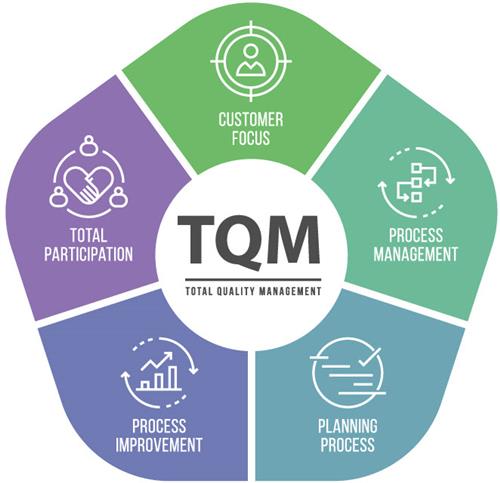










 Link copied!
Link copied!
 Recently Updated News
Recently Updated News